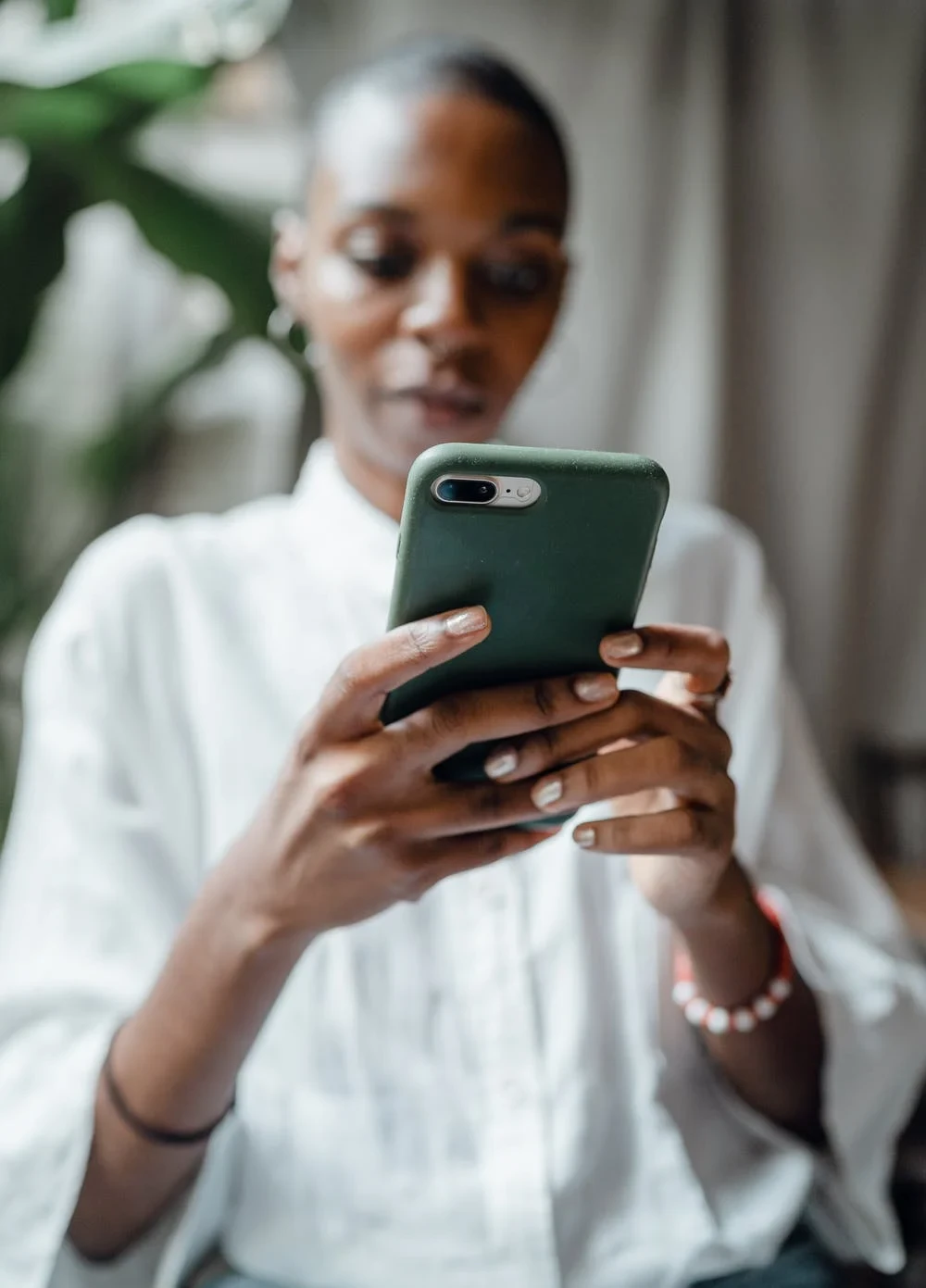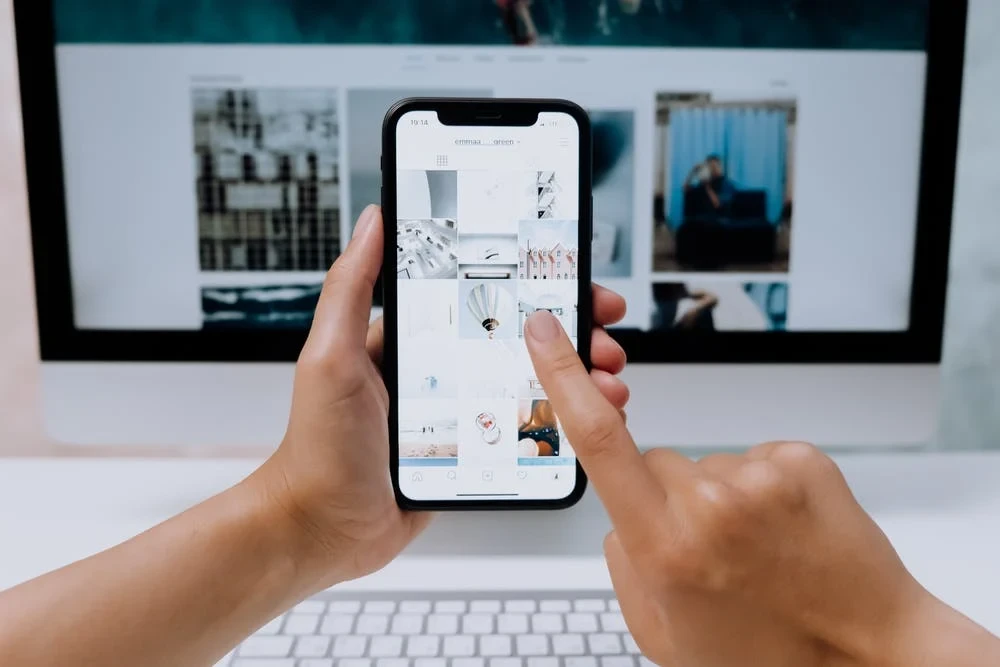
The Best Tips to Improve Your Listing with Screenshots & Videos
Introduction
Since mobile apps made their first market appearance, the arena has multiplied in size at a supersonic rate, with around 218 billion downloads in 2020 – that brought in consumer spending of $143 billion. The App Store and Google Play offers its audience around 2.22 million 3.4 million apps, respectively (as of the first quarter 2021) . So the question app developers ponder every day is, “How can I stand out from the competition under such intensive activity?”
It’s common sense that your listing significantly impacts your promotional success. The latter is a primary driver in creating a great first impression, depending substantially on your screenshot quality. Unfortunately, many developers fail to appreciate that screenshots drive 75% of one’s app listing, showcasing how the app works and its objectives. Why does it have such a pivotal role? Because evidence indicates that you have a seven-second window when a user sees your presentation to convince him to download. Thumbs down means it’s unlikely the prospect will ever return to that touchpoint.
The app stores understand audience experience better than anyone, thus weighing screenshots heavily when ranking their listings. This article gives you practical guidelines to provide your developing team with a screenshot and video edge.
Believe that image dimensions are crucial.
Developers who think their screenshots are so spectacular that they don’t need to conform to defined dimensions are under an illusion. No matter how vivid and creative your production is, not adhering to the right sizes is a fatal error. Failure to acknowledge this straightforward rule will ultimately lead to distorted images, contrary to anyone’s intentions.

I get it, so what are the correct dimensions?
Let’s look at app store screenshot sizes 2021 and beyond.
A while back, Apple had a list of different size screenshots, depending on the device – and there were many. However, like most markets that evolve, they simplify things considerably. So today, developers can focus on only three sizes:
- 6.5” – Which applies to an iPhone XS Max/XR
- 5.5” – Applicable to an iPhone 8 Plus
- 12.9” – Ideal for optional apps that run on iPad.
- The Apple platform will automatically adjust to meet defined requirements for all other models.
Google Play screenshot size parameters also aren’t complicated.
Google makes it easy for developers to get their heads around their protocols:
- Suppose you have designed your app for use on a tablet, Android Wear, different model mobiles, etc. In that case, you must upload screenshots for each specified device.
- In each instance, Google Play prescribes at least two images:
- Either JPEG or 24-bit PNG
- From 320 pixels (minimum) to 3840 pixels (maximum)
- With a 2:1 size ratio (portraits) and a 16:9 ratio (landscapes) recommended. Irrespective, at no time should the longer dimension be more than twice the shorter one.
Are screenshot sizes all there is to it?
To rank highly and get users to notice your listing? No, not by a long shot. Take videos, for example. The two app platforms don’t officially insist that your listing should include them. However, reading between the lines, they communicate that videos make a massive difference to your ranking. So, again, here, stay within the guidelines:
It’s vital to appreciate the App Store video size and Google Play guidelines:
APP STORE VIDEOS
You can have up to three videos. Make sure a single video length is not less than fifteen seconds and not more than thirty. Moreover, it auto-plays in mute when the search results show up. Here are the defined resolutions:
- For iPhone 5/6/7/8 and 6 plus/7 plus/8 plus – 1080 x 1920 or 1920 x 1080.
- For iPhone X and Xs Max/XR – 886 x 1920 or 1920 x 886.
- For iPad and iPad Pro – 1200 x 1600 or 1600 x 1200.
- For any other device – Videos will automatically go smaller.
Apple will reject it if the file size goes over 500 MB or has footage that excludes the App. Also, You have a choice of horizontal or portrait but pay attention to:
- File Format – being mov., m4v., or mp.
- The resolution, ensuring it’s device-specific.
- Only uploading the video after manual approval by Apple.
- Editing videos with Apple recommended apps, namely:
- QuickTime
- iMovie
GOOGLE PLAY VIDEOS
Like the App Store, you can upload three videos per listing. However, these can range between thirty seconds and two minutes. A significant difference is that they don’t work on autoplay: Users click on the play button, which opens a YouTube link.
- File Format – mov, mpeg4, .mp4, .avi, .wmv, .mpegps, .flv, 3GPP, and WebM.
- Video aspect ratio – 16.9
- Recommended dimensions:
- 240 pixels – 426 x 240
- 360 pixels – 640 x 360
- 480 pixels – 854 x 480
- 720 pixels – 1280 x 720
- 1080 pixels – 1920 x 1080
- 1440 pixels – 2560 x 1440
- 2160 pixels – 3840 x 2160
There are no severe restrictions on video content. However, to earn the Google Play badge of approval, it will have to be impressive.
Aside from adding in videos, here are some tips to get you ahead of the herd:
A. The minimum screenshots are unlikely to create the market leverage you need.
The name of the game is rank high, and to do that, you have to go the extra mile. Knowing how crucial screenshots are to making a user impact, slot in as many as you can – from every angle.
You can feature ten screenshots on the App Store, but only three will appear in the search results. Apple recommends that the latter be general images and all others focus on specific benefits.
The maximum number on Google Play is eight screenshots, with basically the same logic as above for the app store. Interestingly, applicable to both, the majority of top-ranked listings on the platforms (over 78%) favor five screenshots, 13% favor four, and only around 3% promote with the minimum.
B. Tell a compelling story with your screenshots.
Screenshots without moving copy is an incomplete story. You have to engage prospects to download your app by highlighting your meaningful differences. Provide well-written text allowing the audience to overview the primary benefits. The first two or three screenshots should be the executive summary – a bird’s eye view if you will. After that, the explanations, alongside the other screenshots, can get into the weeds with detail that committed users are interested in. The content should align with the following rules:
- Don’t shoot over the audience’s heads; keep explanations as simple as possible.
- Don’t stint on promoting user-friendliness.
- Make a big thing of your latest features.
B. Careful – screenshots are not part of the onboarding process.
App onboarding is the label attached to the tutorial that greets prospective users when they initially open the app. The latter has a more educational feel about it than undeniably promotional screenshots. When users take the time to navigate a tutorial, they’re interested in establishing a long-term relationship. Generally, the screenshots have done their job, initiating the download. Now the users want you to guide them through the experience, hence the onboarding. Both are crucial to your success but require a different focus. Lackluster or confusing onboarding is a touchpoint that can kill the sale after all the mileage your screenshots gained for you.
Conclusion
Screenshots and videos in an optimal mix above the minimums required are on the right track to get a better ranking. We’ve outlined various guidelines to save you frustration and create a solid promotional foundation. But, of course, you can always rely on ShyftUp – a leading global User Acquisition Agency – to help you decide on the best screenshot and video strategies. ShyftUp focuses on two primary services:
- App Store Optimization (ASO) – unleashing the power of organic user growth by creating boosted visibility on the app stores
- Paid User Acquisition – to help you grow your user base by converting your paid marketing budget into real users, thus revenue. Shyfttup specializes in Apple Search Ads and Google UAC channels.
What’s the optimal number of screenshots I should feature on my IOS listing page?
Evidence derived from looking at the top-rated apps indicates four or five.
Is there a difference between the screenshots if I go for five on the Apple Store?
Yes. Your first two screenshots are crucial and should give a fuller overview of your App. They’re also the ones that emerge in searches. The rest should focus on detailed aspects.
Should screenshots stand alone as my major promotional thrust?
Absolutely not. Combine screenshots with an impactful video and killer content to get your presentation firing on all cylinders.
Believe that image dimensions are crucial.
I get it, so what are the correct dimensions?
Let’s look at app store screenshot sizes 2021 and beyond.
Google Play screenshot size parameters also aren’t complicated.
Are screenshot sizes all there is to it?
It’s vital to appreciate the App Store video size and Google Play guidelines:
A. The minimum screenshots are unlikely to create the market leverage you need.
B. Tell a compelling story with your screenshots.
B. Careful - screenshots are not part of the onboarding process.


